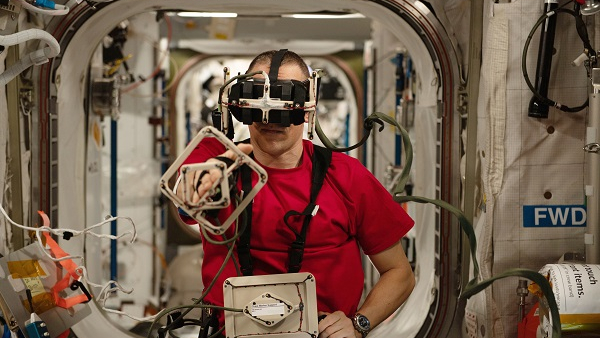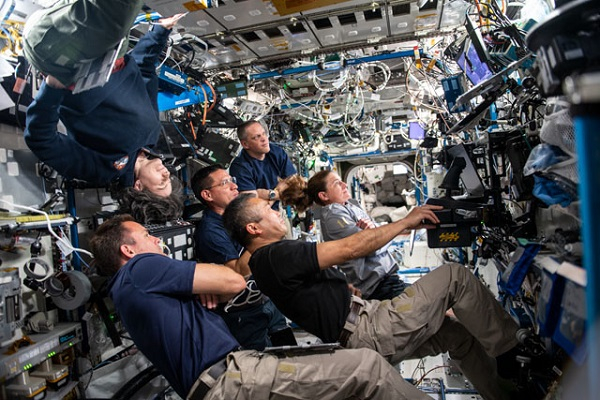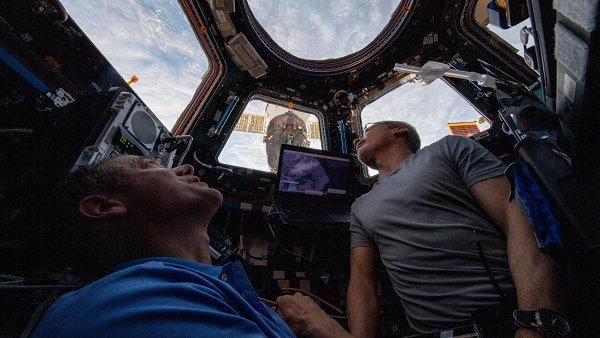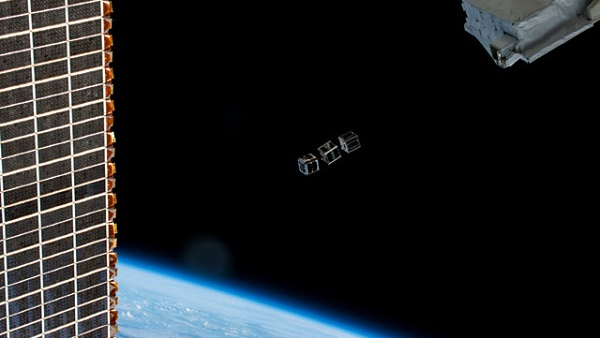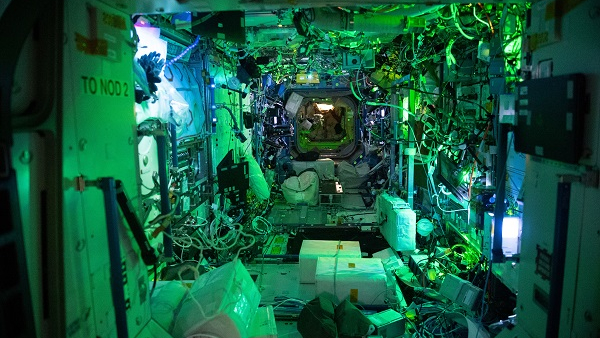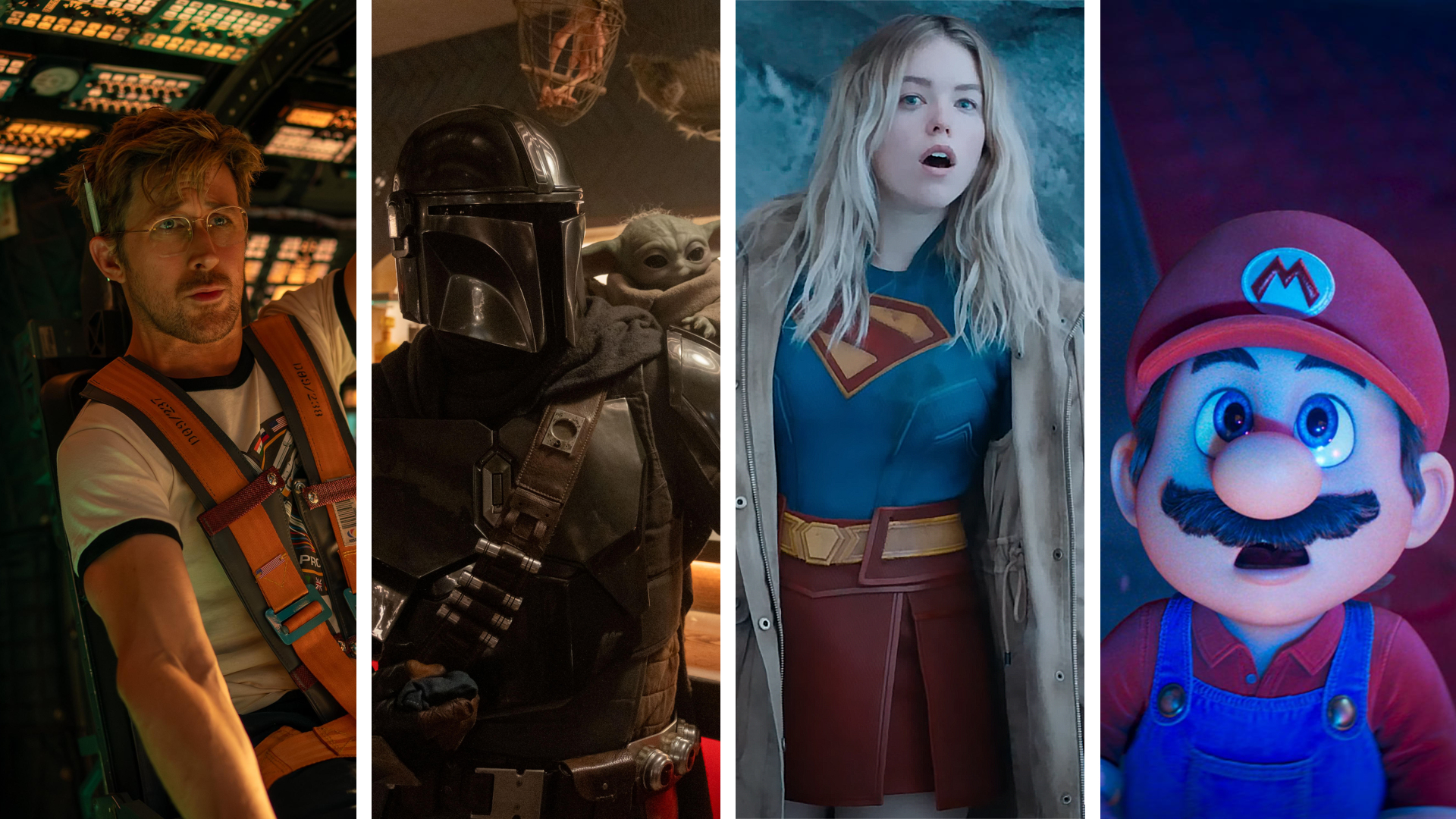See the best photos from the International Space Station of 2022 in this NASA video
NASA has released a stunning series of images that celebrate 2022 aboard the International Space Station.
In 2022 the International Space Station (ISS) marked its 24th year orbiting Earth at an altitude of around 400 kilometers (250 miles) above Earth’s surface. The images, which can be seen as a montage on NASA Johnson's YouTube channel, show that after nearly a decade and a half the station’s mission to further science is still going strong.
The pictures record some of the ISS achievements during 2022 which include the deployment of tiny satellites caled cubesats over Earth and the testing of fluid dynamics in space.
Related: Amazing spacewalks outside the International Space Station in photos
Yet more images demonstrate what life is like on a space station hundreds of miles above the Earth, the wonder of looking back to our planet from space, and the thrill and danger of taking a walk in space separated from the dangerous environment by little more than a sheet of plastic.
The first image in the video shows astronaut Bob Hines working with the GRASP experiment on the station. GRASP consists of a chair and worktable equipped with sensors to measure an astronaut's movement, position, grip force, and finger humidity as they perform tasks.
Hines is wearing virtual reality glasses that map the link between what he can feel and observe through their other senses such as his eyes, muscles, and vestibular (balance) organs.
Breaking space news, the latest updates on rocket launches, skywatching events and more!
The aim of GRASP is to improve understanding of the body’s sensory feedback system, so not only could the findings be useful in space but they could also help scientists here on Earth to explore new treatments for neurological diseases.
The second image in the video shows Hines alongside astronaut Jessica Watkins, who made history in April 2022 by becoming the first Black woman to join a months-long ISS mission, examining the XROOTS experiment. This uses the ISS's Veggie facility to test the use of hydroponic and aeroponic techniques rather than soil to grow plants.
In the third image of the video, the crew of the ISS gathers in the U.S.-built Destiny module during a conference with Mission Control on Earth. The image may look like any other team gathering at first glimpse if not for European Space Agency (ESA) astronaut Samantha Cristoforetti defying gravity by comfortably hanging from the ceiling.
In the next image, astronauts Thomas Marshburn and Mark Vande Hei gaze out of the ISS cupola windows as Earth passes below them. More than just exemplifying the wonder of space habitation crew observations of our planet help us understand how it is changing over time.
An example of these Earth observations is seen in an ISS image of the Carrizozo Malpaís, a long strip of basalt located in the desert of New Mexico is seen in stunning detail. The geological feature was created by a decades-long eruption and was captured by the ISS crew using handheld cameras.
In another image featured in the video, Earth is also prominent as the ISS passing over the Atlantic Ocean observes the launch of a trio of cubesats from a small satellite deployer.
The view of the ISS into space in 2022 also allowed the moment astronauts Josh Cassada and Frank Rubio ventured outside the relative safety of the station to install the roll-out solar array, or iROSA, to its starboard truss structure. In total 6 iROSAs will be attached to the ISS granting the station a 30% power increase.
The last image featured in the NASA video shows the U.S. module Destiny again, but this time unoccupied. With its lights out Destiny is awash with green ambient light. In 2022 Destiny, which is home to a variety of life and physical sciences, technology demonstrations as well as educational events, was bolstered by the Solid Fuel Ignition and Extinction (SOFIE) hardware.
This will help Destiny conduct new combustion studies in 2023 as the space station enters in the year of its silver anniversary and 25 years of conducting space science.
Follow us on Twitter @Spacedotcom or on Facebook.

Robert Lea is a science journalist in the U.K. whose articles have been published in Physics World, New Scientist, Astronomy Magazine, All About Space, Newsweek and ZME Science. He also writes about science communication for Elsevier and the European Journal of Physics. Rob holds a bachelor of science degree in physics and astronomy from the U.K.’s Open University. Follow him on Twitter @sciencef1rst.
